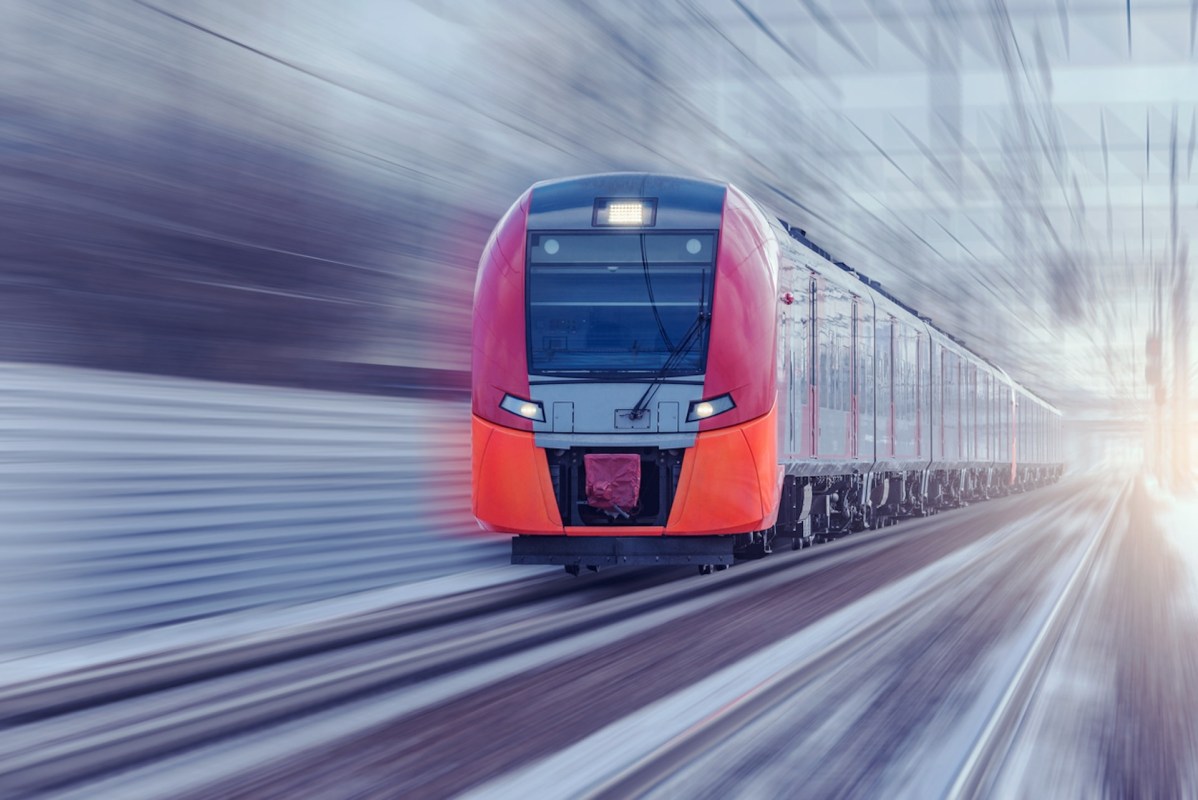The Indian government has completed the land acquisition phase of its bullet-train project, the Mumbai–Ahmedabad High-Speed Rail Corridor, according to railways minister Ashwini Vaishnaw, the Hindustan Times reported.
The project, which is being undertaken with financial backing and train technology from the Japanese government, was originally supposed to be completed in 2023, as reported by the Times. However, the land acquisition proved to be controversial and was delayed considerably, as farmers and other landowners tried to reject the Indian government's attempts to force them off their land.
The farmers legally petitioned for the acquisitions to be stopped and held protests, but ultimately, the government got what it wanted.
🗣️ Would you want a high-speed railway in your state?
🔘 YES 👍
🔘 NO 👎
🗳️ Click your choice to see results and speak your mind
From an environmental perspective, a high-speed rail is a positive step for the country. Studies have shown that this type of train travel is the most efficient and planet-friendly form of long-distance transportation. Trains can transport many more passengers at a time than cars and create far less planet-overheating pollution than airplanes. They also cost passengers less than cars or aviation.
According to one study published by ScienceDirect, commercial air travel produces seven times more planet-overheating gases per passenger than train travel.
By investing in high-speed rail and giving people options other than having to drive everywhere, governments can help vastly reduce their countries' contributions to air pollution, global overheating, and increasingly severe extreme weather events.
One video recently posted to X, formerly known as Twitter, by Vaishnaw showed a Vande Bharat Express train being tested in a Mumbai train station. The semi-high-speed train, which can go as fast as 110 miles per hour, currently functions on 36 routes across the country, and it has gained rave reviews from Conde Nast Traveller.
Shinkansen bullet trains, on the other hand, travel at speeds approaching 200 miles per hour.
"The laying of [the] first Reinforced Concrete track bed for the MAHSR corridor track system as used in Japanese Shinkansen [bullet trains] has started in Surat and Anand. This is for the first time, the J-slab ballastless track system is being used in India," India's National High-Speed Rail Corporation Limited said in a statement published by the Times.
Join our free newsletter for cool news and actionable info that makes it easy to help yourself while helping the planet.









